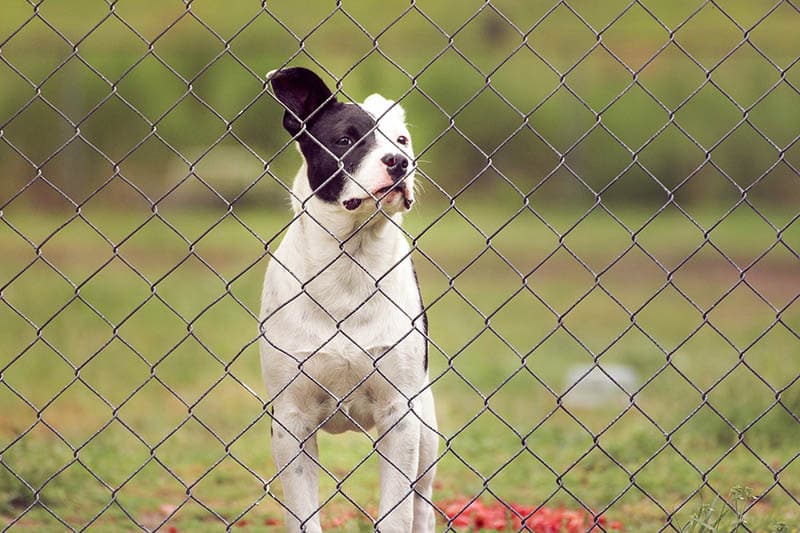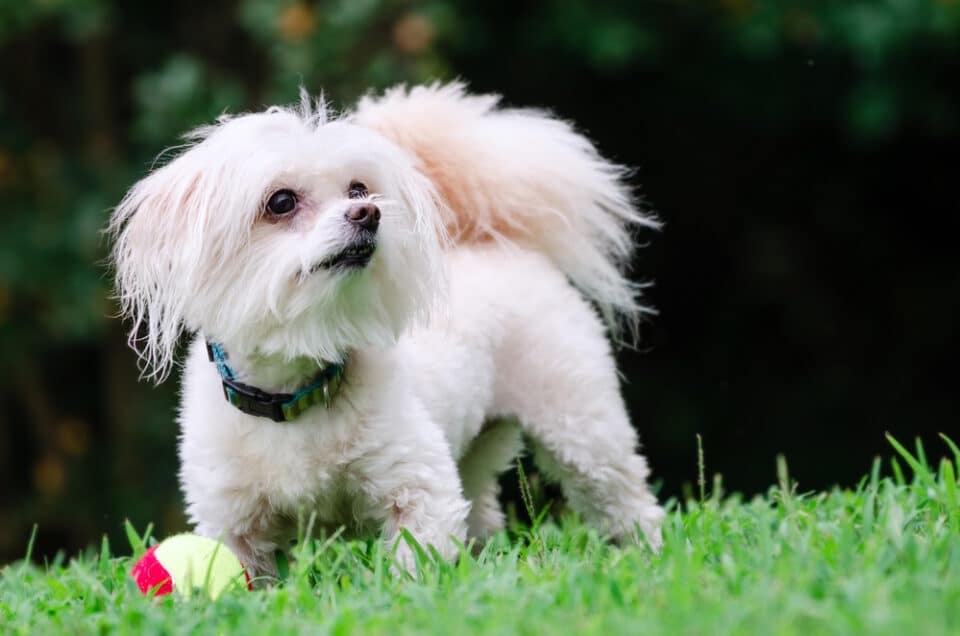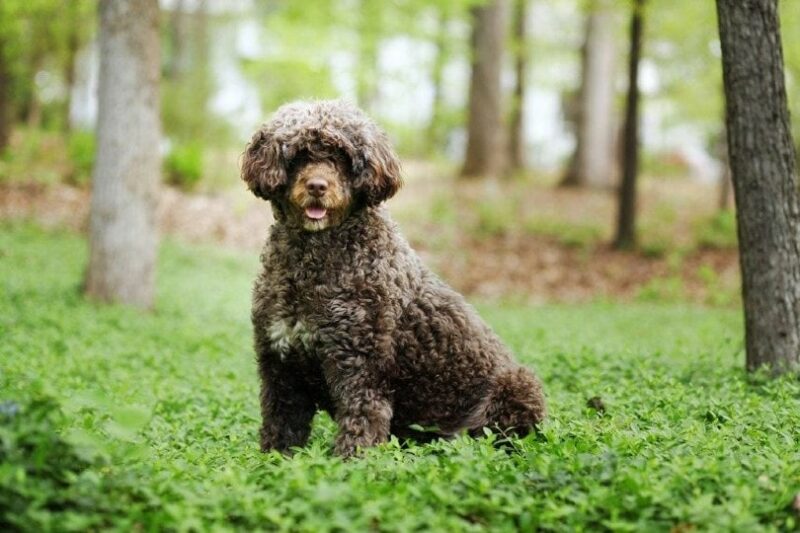Dogs bring joy and companionship, but keeping them safe in your yard requires a solid, dog-proof fence. Without the right measures, curious pups might find themselves wandering into trouble. Securing your fence is essential for peace of mind.
Setting up a dog-proof barrier isn’t as daunting as it seems. With a few smart choices, you can transform any fence into a canine fortress. Let’s dive into vet-approved tips that ensure both safety and fun for your furry friend.
Choose Chicken Wire for Safety
Chicken wire is a versatile and affordable choice for fortifying your fence. Its flexibility makes it easy to handle, while its strength keeps dogs in check. Being relatively simple to install, it’s perfect for dog owners with basic DIY skills.
Furthermore, the smooth surface means no sharp edges to worry about. Even if you’ve never worked with it before, you’ll find that chicken wire is user-friendly. However, it relies on an existing fence structure for best results.
Set Up an Electric Fence
An electric fence is an effective tool to manage your dog’s boundaries. Begin by mapping out the area, placing posts at intervals. Then, lay the wire and add flags as markers. Once installed, your pup will quickly learn its limits.
The jolt from the fence is enough to deter, without causing harm. Just remember, electricity and water or metal don’t mix—always double-check where you’re placing it!
Electric fences promise both simplicity and functionality. Yet, always ensure to keep them away from metal objects to avoid complications.
Try an Underground Fence
An underground fence offers an almost invisible boundary. It connects to a receiver on your dog’s collar, creating a safe zone. This means fewer unwanted surprises for you and your pet.
While the setup might seem tricky, the benefits are clear—no bulky fencing in sight. But do keep the collar on your dog, so they recognize those boundaries.
Some clever dogs might test the limits when their collar’s off, so consistency is key in training.
Invest in a No-Climb Fence
Large or adventurous dogs often need stronger barriers. A no-climb fence is just that, designed to withstand hefty jumps or climbs. Ensure it’s tall enough for your dog’s breed.
This type doesn’t demand expert installation, making it accessible for many dog owners. Its effectiveness varies depending on the dog’s agility, though.
The no-climb fence: a simpler alternative against your dog’s daredevil tendencies.
Enhance with Fence Lattices
Lattices are easy-to-install additions that deter climbers. They’re adaptable, suitable for wood, chain-link, or vinyl fences, and they add a touch of class. Just nail or screw them in!
While aesthetically pleasing, not every dog will respect a lattice. Some persistent pets might still get around this barrier.
Using lattices offers a visually appealing solution to tame those climbing instincts.
Mix Up Your Fence Boards
The layout of your boards can make all the difference. Alternating board directions can confuse pups and prevent them from squeezing through gaps. This method is both clever and attractive.
However, it’s a bit time-consuming and might require a patient hand.
Alternating boards provide both function and form. This method cleverly hinders any dog’s escape attempts.
While it’s a creative approach, ensure the pattern is effective against persistent noses.
Add Slats to Chain Link Fences
Slats are a wonderful addition to any chain-link fence. They boost privacy and security, and can be attached with zip ties or screws.
Slats come in various materials, from wood to metal, offering durability and style.
While efficient, longevity might be an issue depending on the material used.
Strengthen Base with Cement Footing
Cement footings ensure your fence won’t budge. Ideal for new installations, they anchor posts securely.
Dig deep and wide for each post’s foundation, ensuring stability and strength.
While labor-intensive, the security they provide is unmatched. A viable option for those looking to invest in long-term safety.
Footings are essential for a fence’s foundation. A must-have for durable design.
Keep Clear Around Fences
Clear any shrubs or trees that might act as launch pads for your dog. Keeping the area around fences open discourages climbing attempts.
Regular pruning maintains an uncluttered, neat appearance. It’s simple but effective.
Remember, an uncluttered space works wonders in dissuading jumping escapades.
Open spaces around fences are vital to ensure dogs don’t get the wrong idea.
Use Coyote Rollers and Lean-Ins
Coyote rollers prevent high-flying dogs from escaping. A genius solution for climbers, they rotate to dissuade determined jumpers.
Lean-ins work similarly, angled inward to prevent climb over. Both options adapt easily to existing fences.
Although not the prettiest choice, the effectiveness is undeniable for persistent pets.
Dog-proofing your fence means peace of mind for you and safety for your pet. These tips offer a range of solutions suited for various needs and budgets. With the right approach, you can enjoy your garden stress-free, knowing your dog is secure at home.










